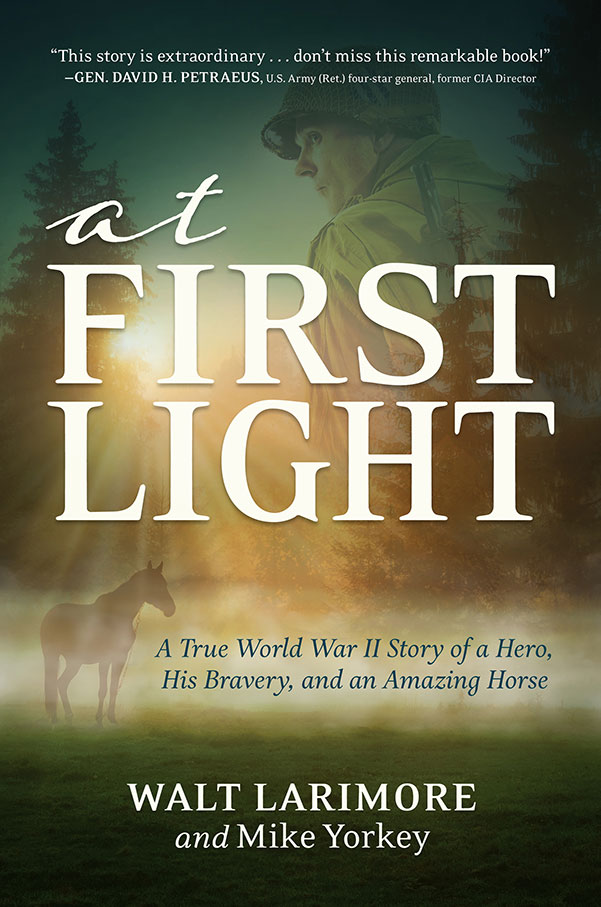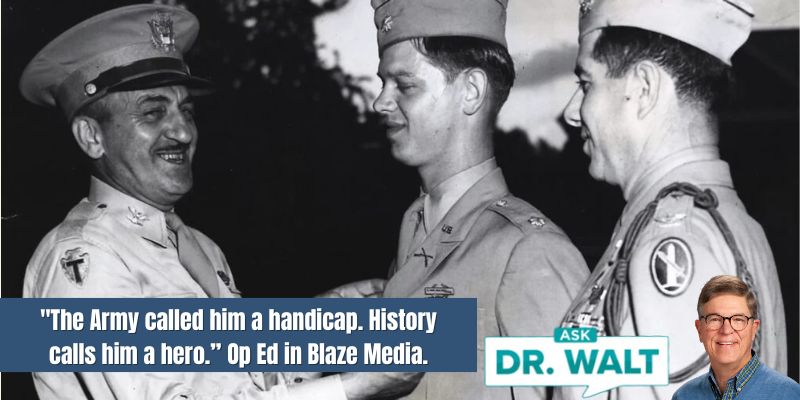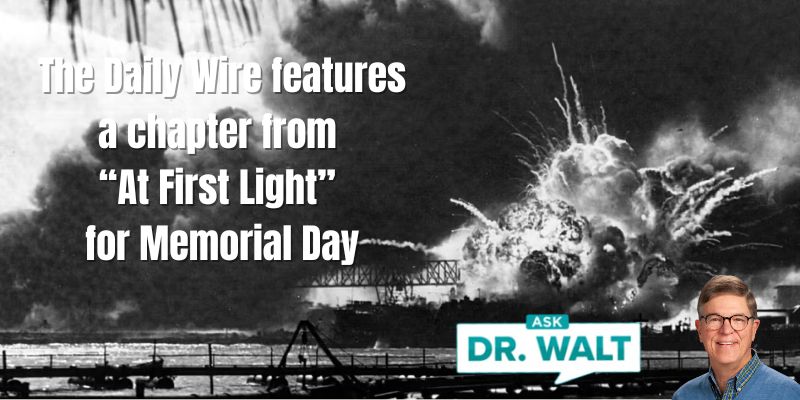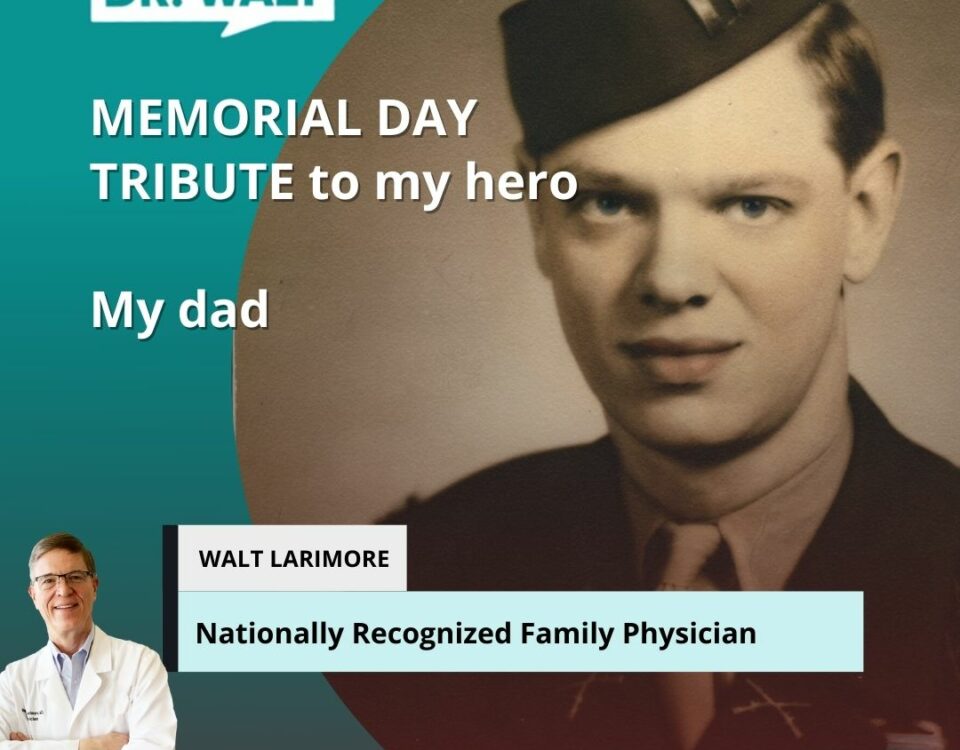
September 5, 1944 – The Battle of Besançon was a shaping up to be a doozy
September 5, 2024
September 7, 1944 – Dad had been awarded a hat trick of medals—a Purple Heart, a Silver Star, and now a Bronze Star
September 7, 2024Allied intelligence suspected that the Germans’ next major military move would be a defensive stand at Besançon, around 330 miles north of Marseille. Besançon was a key communication and road transportation center, as well as an important industrial city. Besançon’s industrial section was situated in an oxbow loop of the Doubs River with a bottleneck opening solidly guarded b a massive fort called “La Citadelle.”[1] This fort was, in turn, supported by four minor forts. Manning the entire defensive system were an estimated 4,200 well-equipped German troops.[2]

On the morning of September 6, 1944, Colonel McGarr joined a point squad to which Phil and Ross were attached. Although this was considered highly unusual—and even extraordinary—for the typical regimental commander, McGarr’s men were never surprised when he visited them on the front line as often as he did.
When they came under intense machine gun fire, Colonel McGarr quickly ran from man to man to direct fire and urge the men forward in an aggressive attack.
As the firefight progressed, two 20-mm Flak guns[3] opened fire on the colonel. Yet he refused to take cover, electing to continue fighting beside his men as they painstakingly advanced toward the enemy.
Because of light rain, Colonel McGarr was wearing a poncho, which may have prevented him from being recognized as their commander by the enemy.
“Colonel!” Phil yelled. When the colonel turned, Phil pointed to a frightful sight 200 yards down the road. The Germans were ripping camouflage netting off a pair of 88-mm guns.[4]
“Get the men in safe positions!” McGarr ordered. “I’ll call in some tanks.”
Phil carried out his orders and pressed himself into a ditch as the German guns lowered their barrels and fired. The German 20s were firing at over one hundred rounds per minute while the 88s began their murderous fifteen- to twenty-round-per-minute onslaught.
The large shells were crashing into the trees and churning up the ground around them. The men’s rifles and sidearms were useless against the attack.
As Phil and Ross were considering ordering a charge, they heard the clattering of Sherman tanks moving in behind them. Phil couldn’t remember a time he felt so relieved.
The Sherman’s 76-mm cannons and machine guns began battering the Germans. In rapid order, the 88s, followed by the Flak guns, were blown out of commission.
As the tanks moved up, Phil could see Colonel McGarr riding on the back of one, just behind the turret, leading the support tanks.
“Get your asses out of the mud!” he ordered. “Let’s kick some Kraut butt!”
The men began to advance with Colonel McGarr and soon took the high ground overlooking Besançon.
At 1830 hours, the white flag of surrender went up as McGarr handed out cigars to Phil, Ross, and some of his men.[5]
The city fell to the 3rd Division, making Besançon the first large, fortified city in France to fall to the Allies.
~~~~~
[1] The Citadel of Besançon is a 17th-century fortress considered to be one of the finest masterpieces of military architecture, occupying twenty-seven acres on Mount Saint-Etienne, one of the seven hills that protect Besançon. Julius Caesar recognized the site’s strategic importance back in 58 BC.
[2] Larimore, At First Light, 141.
[3] Flak is a contraction of the German word Flugabwehrkanone, meaning “aircraft-defense cannon,” the original purpose of the weapon. In English, “flak” became a generic term for ground anti-aircraft fire. The Flak 30 was a 20-mm light anti-aircraft gun and Germany’s primary anti-aircraft gun. When shot horizontally at troops, its fire rate of about 120 rounds per minute was deadly.
[4] The 8.8 cm Flak was a German 88-mm anti-aircraft and anti-tank artillery gun and one of the most recognized and feared German weapons of World War II. In Army slang they were known as achtacht (German for eight-eight) by the Germans and the “eighty-eight” by the Allies. The versatile carriage allowed the 8.8 cm flak to be fired in a limited anti-tank or anti-personnel mode when still on its wheels.
[5] It was no surprise to Phil and Ross that the colonel was later awarded the Distinguished Service Cross for his extraordinary heroism and “outstanding leadership, personal bravery, and zealous devotion to duty.”
[6] Larimore, At First Light, 141-142.
In case you haven’t read or listened to Dad’s book, you can learn more or order it here.
© Copyright WLL, INC. 2024.




